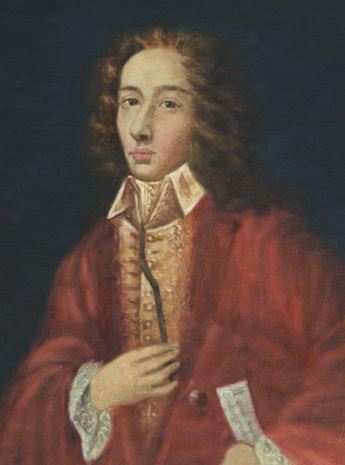In the annals of music history, few figures shine as brightly in such a brief span as Giovanni Battista Pergolesi. Born in 1710 in Jesi, a small town in the Marche region of Italy, Pergolesi’s life was a fleeting yet dazzling display of musical genius that would leave an indelible mark on the Baroque period and beyond.
From an early age, Pergolesi showed an exceptional aptitude for music. His family, recognizing his talent, sent him to Naples to study at the prestigious Conservatorio dei Poveri di Gesù Cristo. Here, under the tutelage of renowned masters like Gaetano Greco and Francesco Durante, young Giovanni’s abilities flourished. He quickly mastered the violin and organ, but it was in composition that he truly excelled.
Pergolesi’s professional career began in earnest in 1731 when he was appointed as maestro di cappella to Prince Ferdinando Colonna Stigliano. This position provided him with the opportunity to compose both sacred and secular works, allowing his creativity to flourish in multiple genres. His first major success came with the opera seria “Salustia” in 1732, establishing him as a composer of note in Naples.
However, it was Pergolesi’s contribution to opera buffa that would secure his place in music history. His intermezzo “La Serva Padrona” (The Maid Turned Mistress), first performed in 1733, became a sensation. This short comic opera, with its lively characters and innovative style, would go on to influence the development of opera for generations to come. It sparked the famous “Querelle des Bouffons” in Paris, a debate about the merits of Italian versus French opera that would rage for years after Pergolesi’s death.
Despite his success in opera, Pergolesi’s sacred music is equally noteworthy. His “Stabat Mater,” composed in the final weeks of his life, is considered a masterpiece of Baroque sacred music. Its emotional depth and exquisite melodies have ensured its place in the repertoire to this day. The work’s popularity was such that it was even adapted by Johann Sebastian Bach, a testament to its quality and impact.
Tragically, Pergolesi’s brilliant career was cut short by tuberculosis. He retreated to the Franciscan monastery in Pozzuoli, where he completed his “Stabat Mater” before succumbing to the disease in 1736, at the tender age of 26. In his brief life, Pergolesi had composed numerous operas, sacred works, and instrumental pieces, each bearing the hallmark of his distinctive style: graceful melodies, expressive harmonies, and a keen dramatic sense.
Pergolesi’s influence extended far beyond his short lifetime. His works continued to be performed and admired throughout Europe, with many pieces falsely attributed to him after his death, such was the demand for his music. His style, characterized by its clarity, expressiveness, and melodic beauty, helped bridge the Baroque and Classical periods, influencing composers like Mozart and Haydn.
Today, Pergolesi is remembered not just for the quality of his compositions, but for the remarkable impact he made in such a short time. His life serves as a poignant reminder of the unpredictable nature of genius and the enduring power of music. Though he lived for only 26 years, Giovanni Battista Pergolesi left behind a legacy that continues to enrich and inspire the world of music centuries after his passing.

:max_bytes(150000):strip_icc()/scenic-view-of-field-against-sky-961145260-57d8faf2cbaf42d6b2f631e4bc9a0326.jpg)
